Activation functions
Introduction to Deep Learning with Keras

Miguel Esteban
Data Scientist & Founder
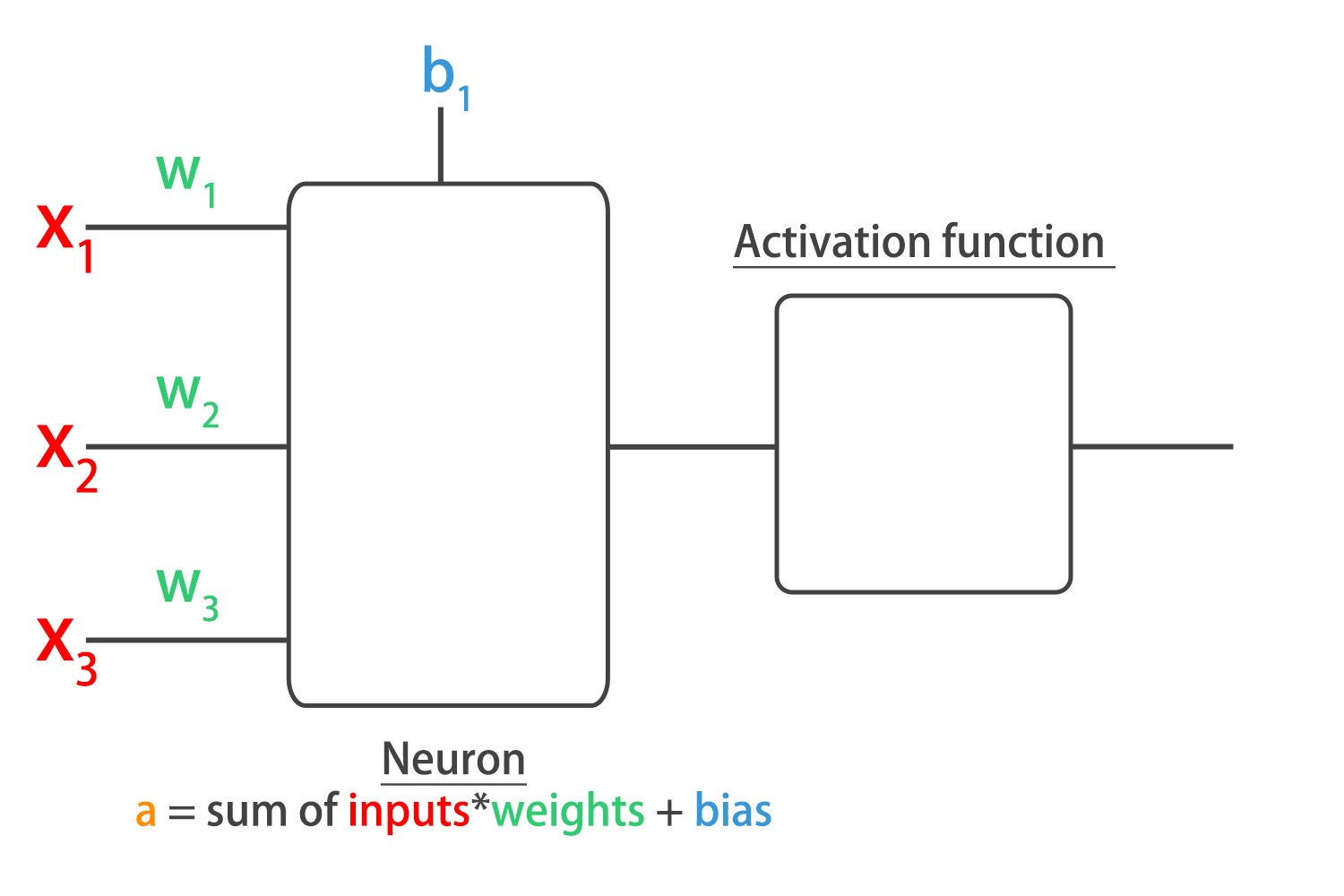
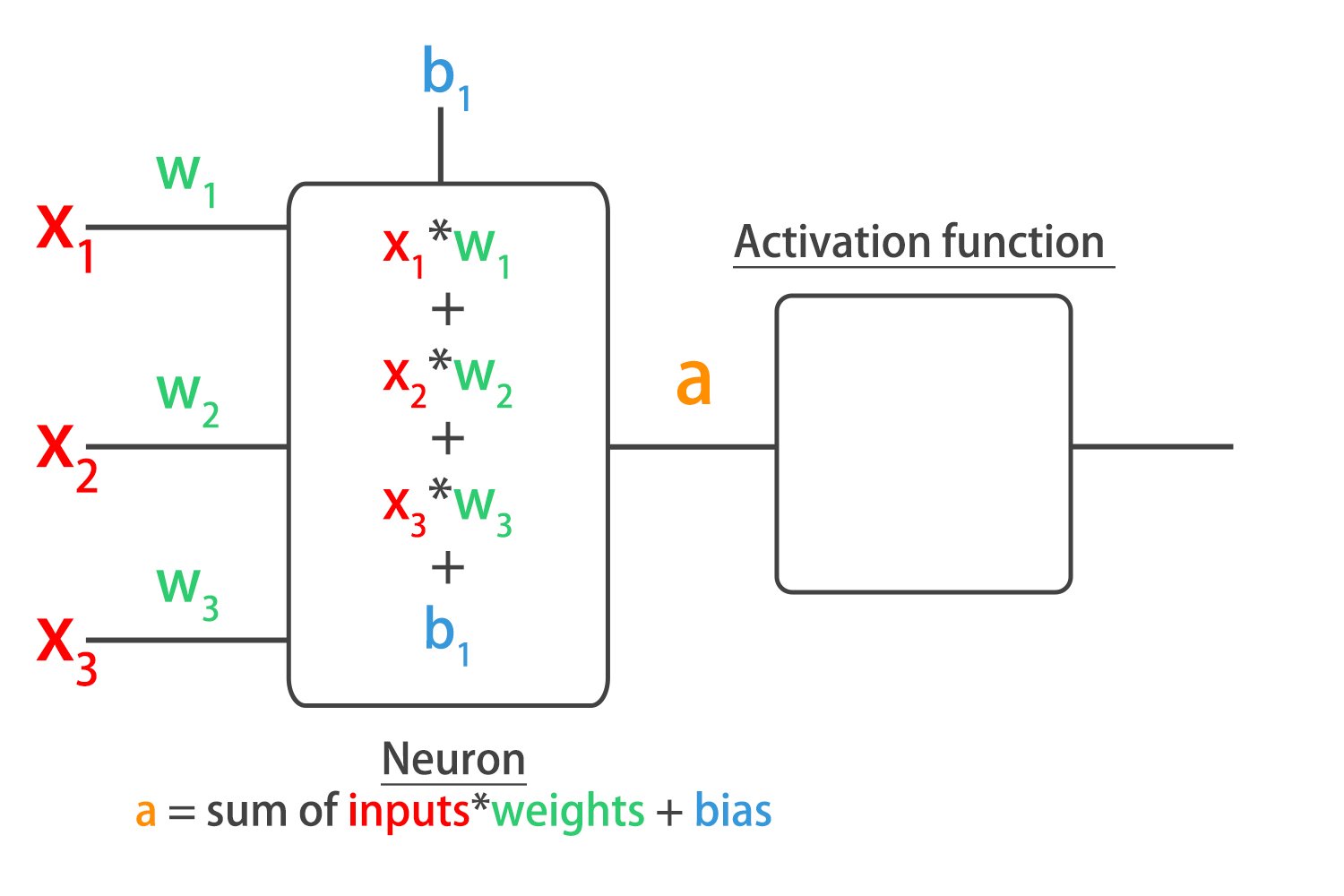
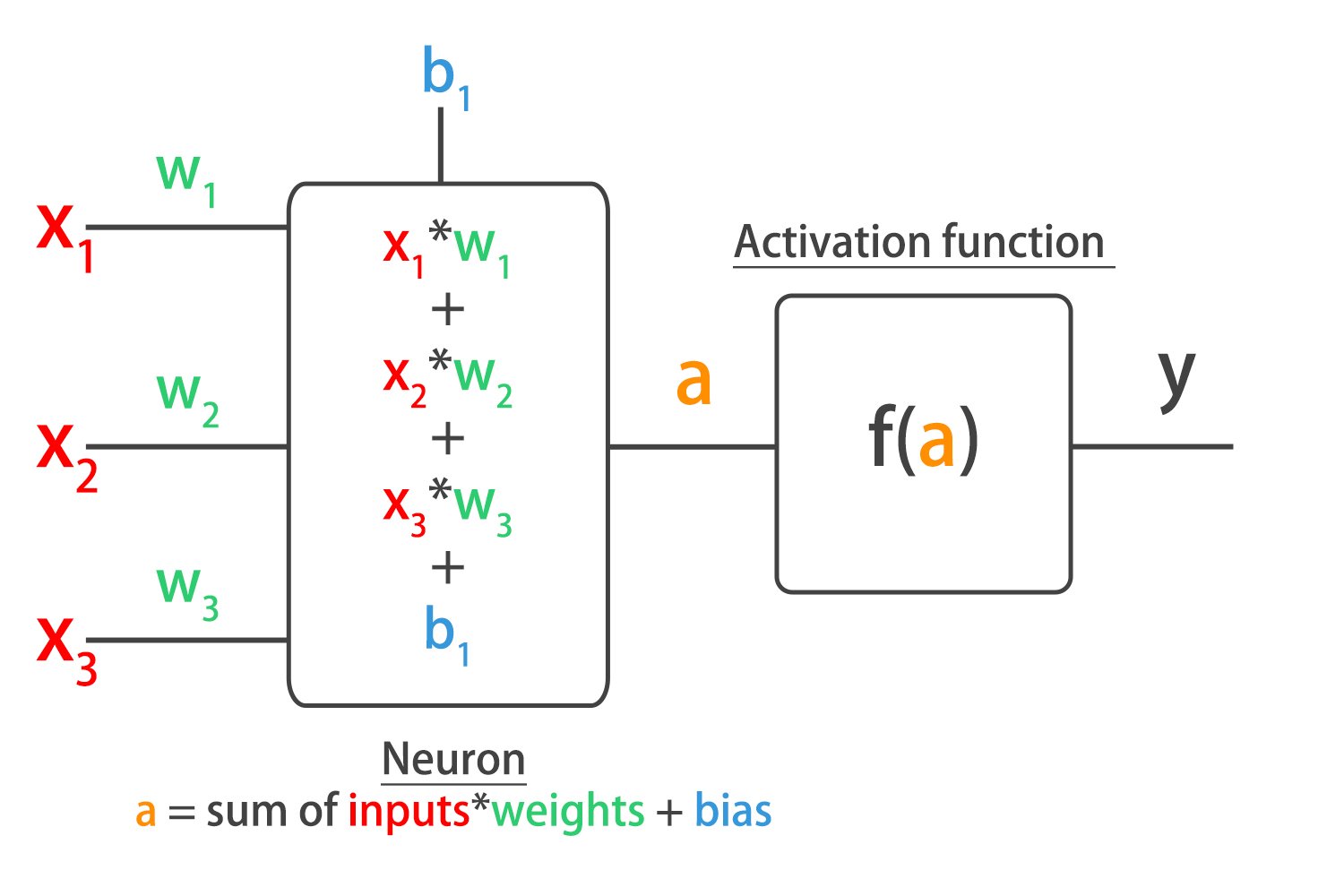
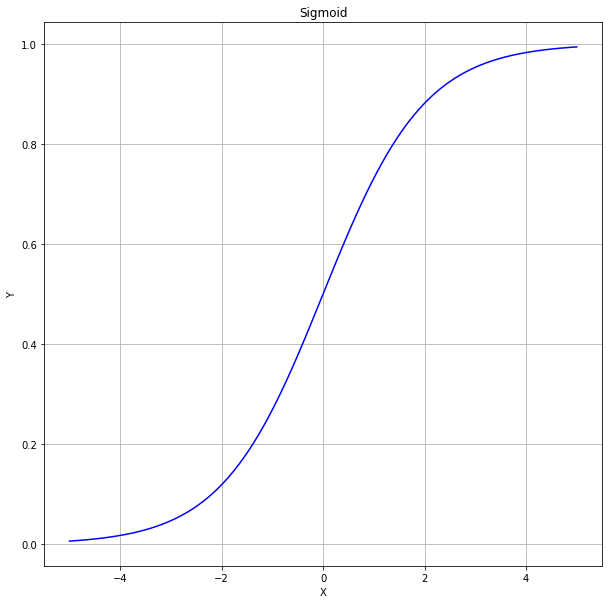
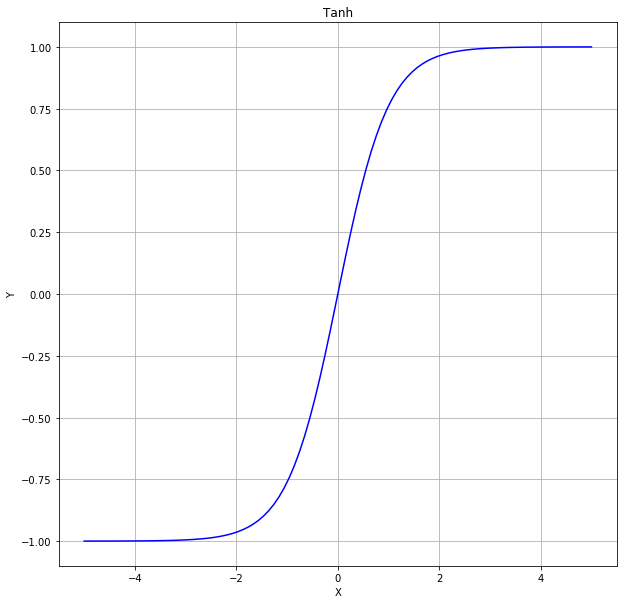
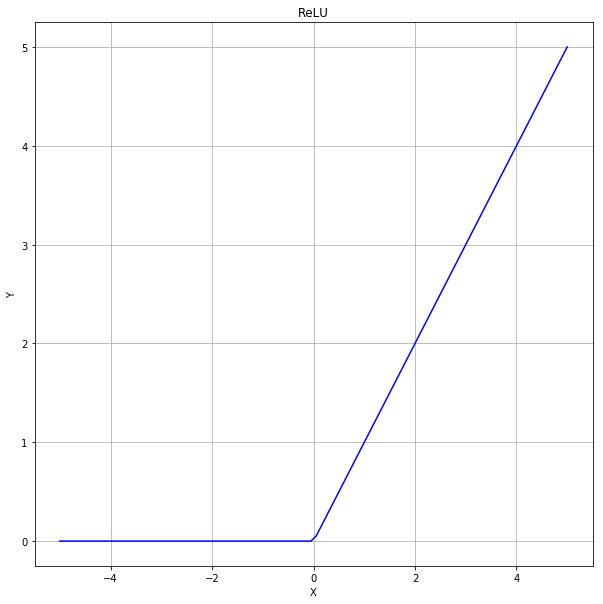
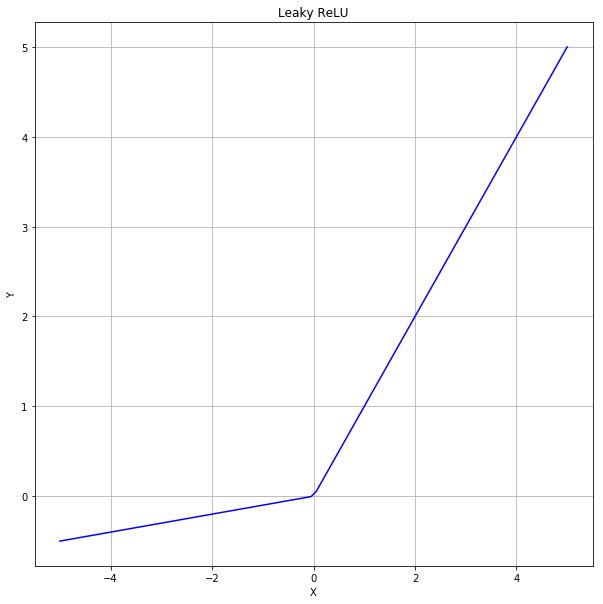
Effects of activation functions
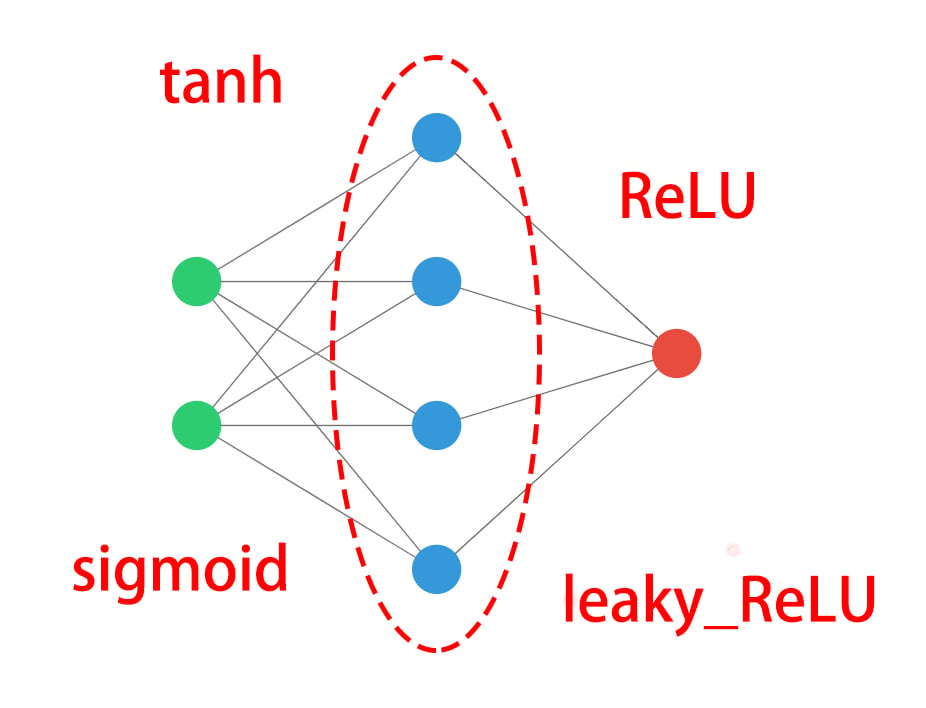
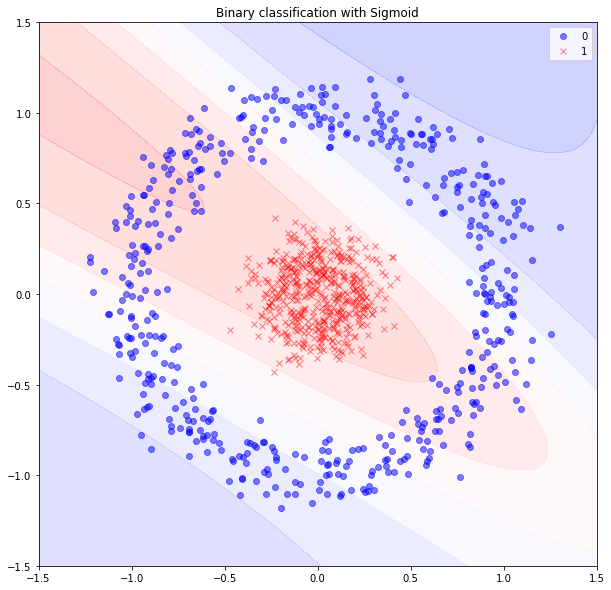
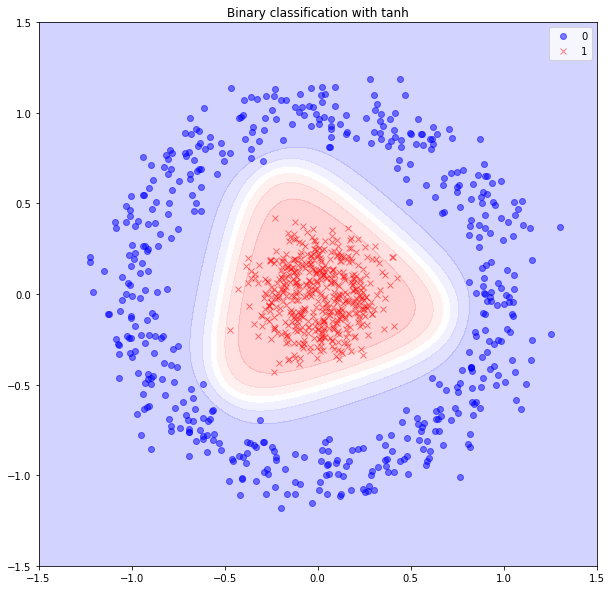
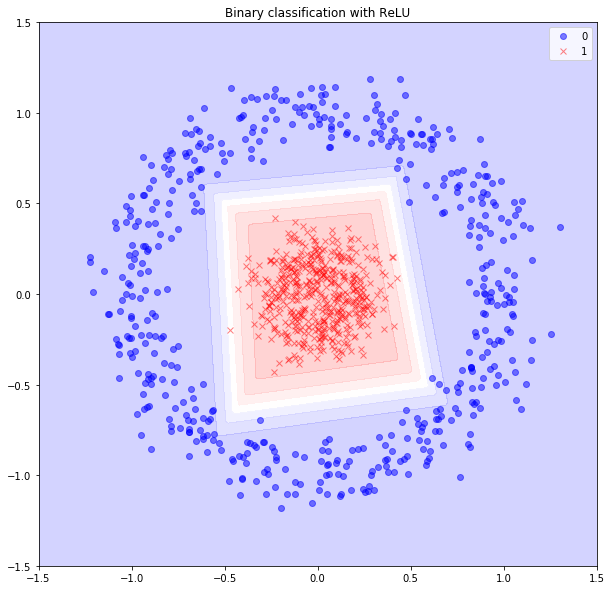
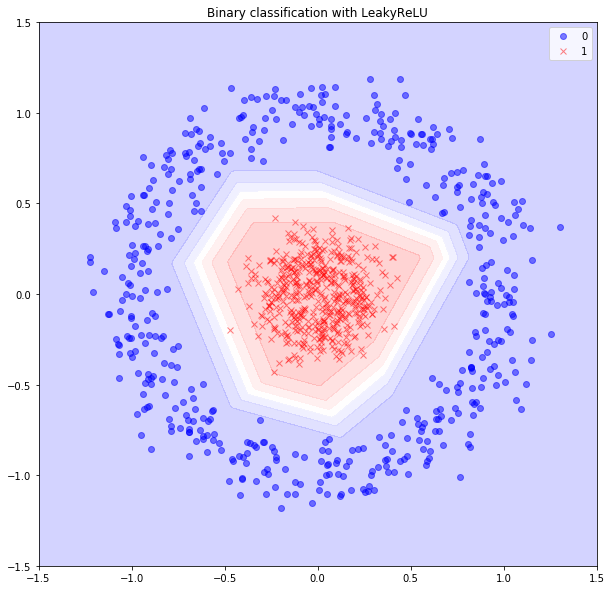
Which activation function to use?
- No magic formula
- Different properties
- Depends on our problem
- Goal to achieve in a given layer
- ReLU are a good first choice
- Sigmoids not recommended for deep models
- Tune with experimentation

Comparing activation functions
# Set a random seed np.random.seed(1)# Return a new model with the given activation def get_model(act_function): model = Sequential() model.add(Dense(4, input_shape=(2,), activation=act_function)) model.add(Dense(1, activation='sigmoid')) return model
Comparing activation functions
# Activation functions to try out activations = ['relu', 'sigmoid', 'tanh'] # Dictionary to store results activation_results = {}for funct in activations: model = get_model(act_function=funct) history = model.fit(X_train, y_train, validation_data=(X_test, y_test), epochs=100, verbose=0) activation_results[funct] = history
Comparing activation functions
import pandas as pd # Extract val_loss history of each activation function val_loss_per_funct = {k:v.history['val_loss'] for k,v in activation_results.items()}# Turn the dictionary into a pandas dataframe val_loss_curves = pd.DataFrame(val_loss_per_funct)# Plot the curves val_loss_curves.plot(title='Loss per Activation function')
Let's practice!
Introduction to Deep Learning with Keras

